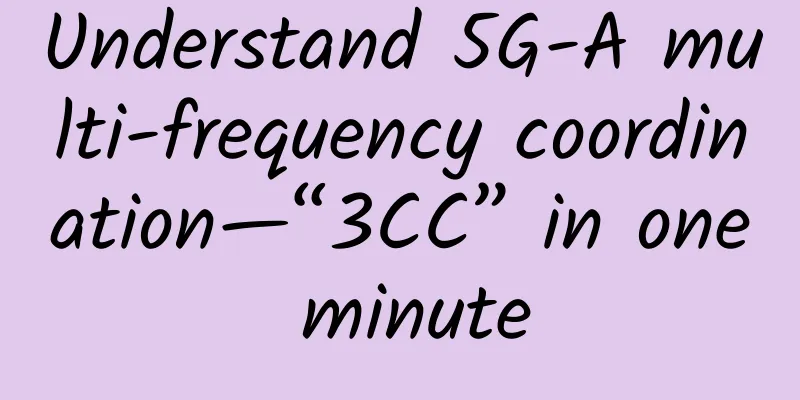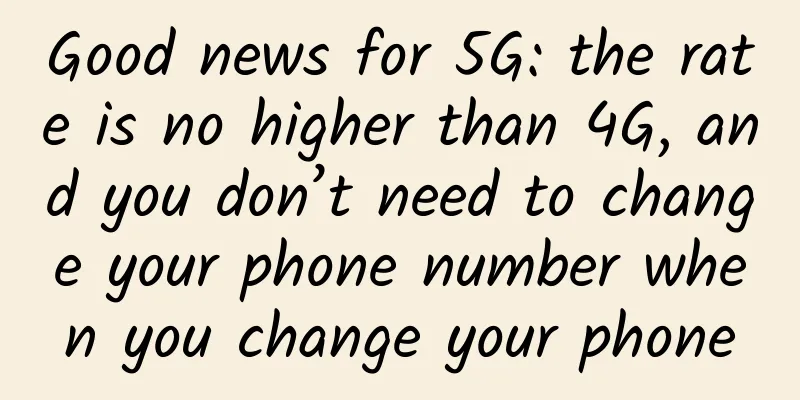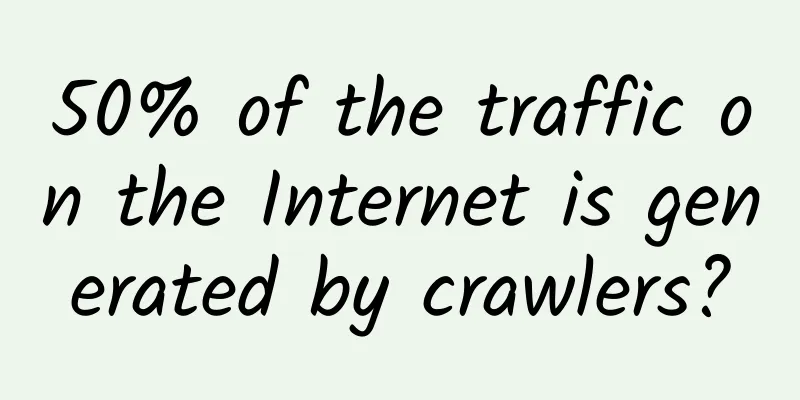Understand 5G-A multi-frequency coordination—“3CC” in one minute

|
picture Speaking of "3CC", we must mention its more popular name - "3 legs". In the communications industry, we often talk about the concepts of "adding legs" and "deleting legs". So, what are "legs"? The "legs" are actually the communication carrier frequency bands. The "three legs" contained in 3CC correspond to three component carriers (CC), such as 2.1G/3.4G/3.5GHz. picture The combination of three component carriers of 3CC is also called "T+T+F". Naturally, there must be 2CC corresponding to 3CC. There are many combinations of 2CC, the most common ones are "F+F, F+T and T+T".
picture First of all, as to why 3CC is used, it must be because a single carrier has some disadvantages. We all know that the frequency bands used by 5G are relatively high, such as 4.9GHz and 3.5GHz, which belong to the medium and high frequency bands. The advantage of high frequency bands is that the bandwidth resources are large, but the corresponding transmission loss is also higher and the penetration loss is greater. For example, the path loss of 3.5GHz is about 4.4dB higher than that of 2.1GHz. This leads to a shorter coverage distance and insufficient coverage depth of a 5G single carrier. This is reflected at the user level in the low cell edge rate, poor network performance, and poor perception. For places with dense traffic, such as high-speed rail stations, airports, and central business districts, there are many partition scenarios. When outdoor macro base stations are used for coverage, the penetration loss is relatively large. Elevators, underground parking lots, and other areas in such scenarios are generally blind spots. In addition, the bandwidth of the FDD frequency band is generally small. For example, the bandwidth of 2.1GHz is only 40M, which is insufficient compared to the 100M of TDD-3.4/3.5GHz. We all know the principle of "1+1+1>1". 3CC can combine three carriers to achieve a bandwidth of more than 200M+, which is much higher than a single carrier in terms of speed and capacity. It can effectively improve the coverage distance and coverage depth, and maximize user perception. picture picture 3CC is based on traditional carrier aggregation technology (CA), which aggregates two or more component carriers to obtain a larger bandwidth. After the UE is configured with carrier aggregation, it can send and receive data with multiple cells at the same time, deeply coordinate high and low frequency multi-carrier capabilities, and further improve the user's perceived rate and experience. picture
picture In April 2021, ZTE took the lead in completing the DL 3CC CA verification of 2.1G+3.4G+3.5G, and the single-user peak rate increased by 226% compared with the 3.5GHz single carrier. In 2024, ZTE will conduct field performance testing and verification of 3CC, and cooperate with operators to create key coverage scenarios for 3CC contiguous areas. In March 2024, ZTE conducted a 3CC contiguous area test in a certain bureau, and its indoor depth coverage was increased by up to 15%+, and the indoor edge rate was increased by 110%+; the outdoor downlink road rate was increased by 50%+. ZTE will continue to cooperate with operators to create a high-speed experience in 3CC contiguous areas, further improve network performance, and provide users with a better perceived experience. picture picture picture |
<<: Interviewer: Can you tell me why TCP needs three handshakes and four waves?
>>: The importance of 5G for manufacturing robots
Recommend
Five common OSPF problems
I am Man Guodong, a lecturer at 51CTO Academy. On...
This year's Internet Light Expo has upgraded its black technology: these new gadgets are quite cool
On November 6, the 5th World Internet Conference ...
Three-minute review! A quick overview of 5G industry development trends in May 2021
After the rapid development in 2020, 2021 is a cr...
Tencent Cloud Golden Autumn Season, 2C2G3M lightweight server starting from 95 yuan/year
It has been more than half a year since I shared ...
3G, 4G, 5G, why do we need so many "Gs"?
This can happen with our phones receiving signals...
Huawei Cloud 12.12 Membership Festival invites you to join the carnival. In the 5G era, Huawei Cloud is the right choice!
[51CTO.com original article] Guess what the first...
API has become the biggest risk exposure in data security. How to win the “data protection war” in the digital age?
Nowadays, data has become an emerging production ...
Migrating manufacturing to Industry 5.0 with 5G
Chicago’s Digital Manufacturing Institute and the...
Zgovps Mid-Autumn Festival/National Day promotion, Japan IIJ/NTT/US AS4837 annual payment starts from 19.9 US dollars
Zgovps has released several special packages for ...
What does Huawei's ultra-high-density UPS module mean to data centers?
[51CTO.com original article] With the continuous ...
HostYun UK London AS9929 line VPS host 10% discount monthly payment starting from 22.5 yuan, native IP
Those who are interested in UK VPS can pay attent...
Three tips for solving bandwidth issues in small government offices
In the wake of the pandemic lockdown, many govern...
What factors determine the price of HTTPS certificates?
In the era of big data, when information is trans...
Friendhosting Spring Promotion, VPS at least 45% off for half a year starting from 7.6 euros
Friendhosting is a Bulgarian hosting company esta...
CERNET and Shengbang Security have reached a strategic cooperation, allowing colleges and universities to experience more efficient and convenient Web security governance SaaS services
[51CTO.com original article] On October 24, CERNE...









